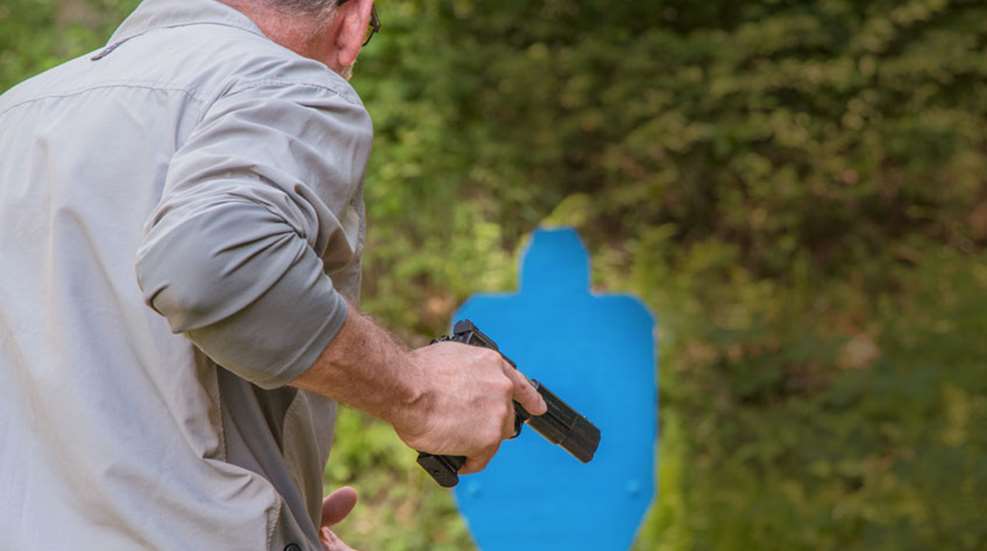
Pistols, compact and easily portable firearms, have been a subject of debate and discussion for centuries. While their primary design is for personal defense, their application extends beyond the confines of human confrontation. In emergency situations and wildlife defense, pistols can serve as critical tools, offering protection and a means of signaling for help. Here we delve into the multifaceted role of pistols, examining their effectiveness, limitations, and responsible use in these contexts.
Historical Context and Evolution
The history of pistols dates back to the 15th century, evolving from rudimentary hand cannons to sophisticated semi-automatic and automatic firearms. Initially designed for military use, their compact size soon made them popular for personal defense. Over centuries, technological advancements have enhanced their accuracy, reliability, and safety, making them more accessible and effective for civilians in emergency scenarios. One such advancement is the Kel Tec PMR 30, a lightweight, high-capacity pistol that exemplifies the modern firearm’s capabilities in self-defense and emergency preparedness.
Pistols in Emergency Situations
In emergency situations, such as home invasions or when stranded in remote areas, a pistol can be a critical tool for self-defense. The mere presence of a firearm can deter potential attackers or predators, providing individuals with a means to protect themselves and their loved ones. Furthermore, pistols can be used to signal for help in wilderness survival scenarios. Firing a pistol into the air in three-shot bursts can serve as a universally recognized distress signal, potentially alerting rescuers to one’s location.
Wildlife Defense
In regions where encounters with potentially dangerous wildlife are common, carrying a pistol can be a vital safety measure. Hikers, campers, and residents in rural or wilderness areas might encounter bears, coyotes, or other predatory animals. In such cases, a pistol can serve as a last-resort defensive tool to prevent an attack. It’s important to note, however, that the use of firearms in wildlife defense should always follow legal regulations and ethical considerations, prioritizing non-lethal deterrents whenever possible.
Effectiveness and Limitations
The effectiveness of pistols in emergency and wildlife defense situations depends on various factors, including the caliber, the user’s skill and familiarity with the firearm, and the specific circumstances of the encounter. While pistols can provide a significant advantage, they also have limitations. For instance, against large predators, the stopping power of a pistol may be insufficient unless precise shots are made. This underscores the importance of proper training and practice for anyone considering carrying a pistol for these purposes.
Responsible Ownership and Training
Responsible pistol ownership is paramount, especially when intended for use in emergency situations and wildlife defense. This includes undergoing comprehensive training, not only in firearm operation and safety but also in situational awareness and decision-making under stress. Additionally, understanding and adhering to local laws regarding firearm carry and use is crucial. Storage and transportation of pistols should also prioritize safety, preventing unauthorized access and ensuring the firearm is kept in a secure but accessible manner when needed.
Ethical and Legal Considerations
The decision to use a pistol in defense against humans or wildlife carries significant ethical and legal implications. It is essential to exhaust all non-lethal options before resorting to firearm use. In wildlife encounters, for example, bear spray has been shown to be effective in deterring attacks without causing long-term harm to the animal. Legally, individuals must be aware of the self-defense laws applicable in their jurisdiction, which often require that firearm use be a last resort, justified only when there is a clear and immediate threat to life.
Conclusion:
Pistols, as tools for emergency situations and wildlife defense, offer a complex blend of advantages and responsibilities. Their effectiveness in providing safety and security is undeniable, yet it comes with the need for careful consideration, training, and adherence to ethical and legal standards. As society continues to navigate the challenges of personal safety and wildlife conservation, the role of pistols in these contexts will undoubtedly remain a topic of important discussion and debate. The key to their responsible use lies in education, training, and a deep understanding of the implications of their use, ensuring they serve as protectors rather than provocateurs in critical moments.

